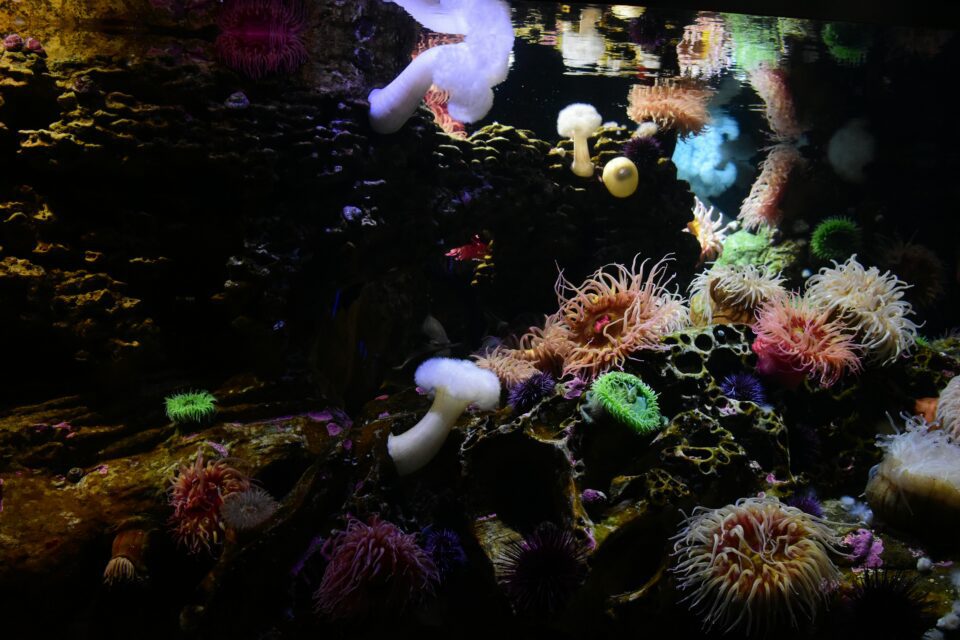Flukes are actually parasitic flatworms. Diagnosing them is difficult because they are basically invisible to the naked eye, sometimes you can see opaque eyes when flukes lodge on their eyes. A freshwater dip will kill the ones on the skin instantly and you will see rice grain sized opaque flatworms. That is the best way to identify flukes.

Fish infected with flukes may show various symptoms: lethargy, swimming near the surface, clamped fins, hiding, loss of appetite, erratic movements, and scratching. Observable signs include yawning, cloudy eyes, and faded skin color, especially around the face, lips, and eyes. Gills might appear swollen, pale, and fish may gulp air at the water surface due to low oxygen tolerance. Secondary infections are common.
Ingredients:
- Prazipro
Recipie:
Flukes are one of the easier saltwater pests to rid yourself of. Prazipro is considered one of the safest medicines and is almost impossible to overdose1. The only word of caution is if you have wrasses, wrasses cannot handle Prazipro in larger than 2.5mg dosages (which is the recommended dosages on the Prazipro bottle).
Dose as directed. You can do freshwater dips for temporary relief and to identify flukes, but it doesn’t remove them from the gills so the benefits are minimal.
______________________________________________________________________________________
References




